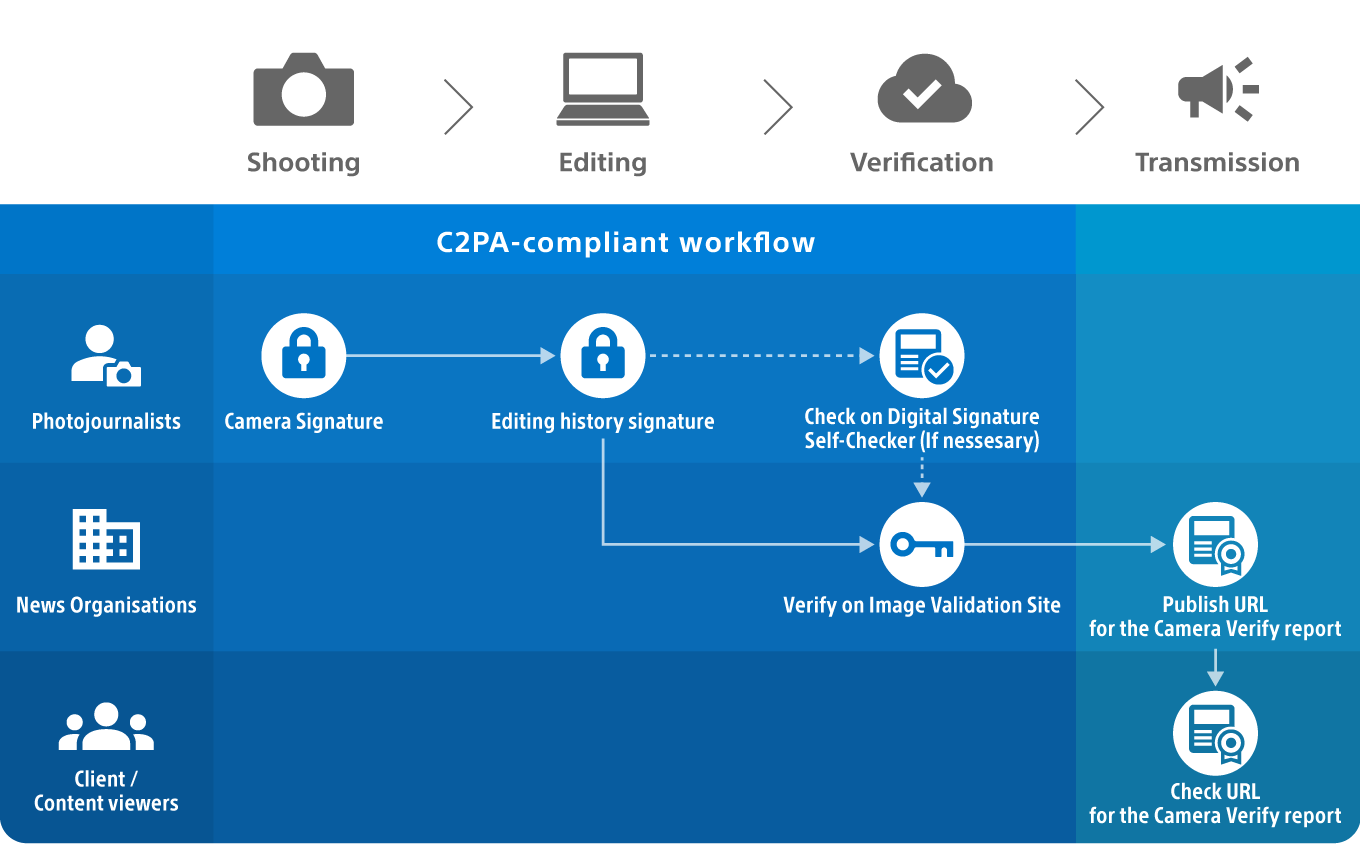New York State Requests 700 MHz Frequencies Before Analog Shutoff
The State of New York filed a request with the FCC in November to waive rules in connection with the implementation of a new 700 MHz public safety radio system in the greater New York City metropolitan area prior to the analog TV shutoff. Last week the FCC released a Public Notice (DA 06-99) requesting comment on New York's request for the waiver.
New York currently has a statewide public safety license, WPTZ779, allowing use of certain frequencies in the 764-776 MHz and 794-806 MHz frequency bands, but Section 90.545 of the FCC rules requires that stations using these frequencies protect of co-channel and adjacent channel TV and DTV signals until the end of the DTV transition. The waiver requests that New York State be permitted to operate public safety transmitters closer to TV/DTV stations than Section 90.545 allows.
According to the FCC notice, New York's waiver request stated that many public safety agencies operate with obsolete facilities on various "incompatible frequency bands" and "many radio systems lack sufficient in-building or wide-area coverage necessary to provide adequate response during emergencies." The FCCnotice added that New York had stated there was a critical and immediate need for deployment in downstate New York, and that the Statewide Wireless Network would address these issues with a common and fully interoperable infrastructure for all state and local agencies.
The Public nNotice did not mention the TV stations affected, but they are described in a copy of the waiver request available on the FCC's Search for Filed Comments web page by entering "06-18" in the "Proceeding" box. The waiver requested included interference studies for;
- WMBC, NTSC ch. 63, in Newton, N.J.
- WNAC, ch. 64, in Providence, R.I.
- WPVI, DTV, ch. 64, in Philadelphia, Pa.
- WQPX, NTSC ch. 64, in Scranton, Pa.
- WEDY, NTSC ch. 65, in New Haven, Conn.
- WUVP, NTSC ch. 65, in Vineland, N.J.
- WFUT, NTSC ch. 68, in Newark, N.J.
- WFMZ, NTSC ch. 69, in Allentown, Pa.
- WPXQ, NTSC ch. 69, in Block Island, R.I.
Calculating interference between mobile transmitters and TV stations is much more complicated thant calculating interference between fixed TV stations, as it involves statistical methods to determine where mobile units will be located. The New York filing describes the method in detail.
The professional video industry's #1 source for news, trends and product and tech information. Sign up below.
